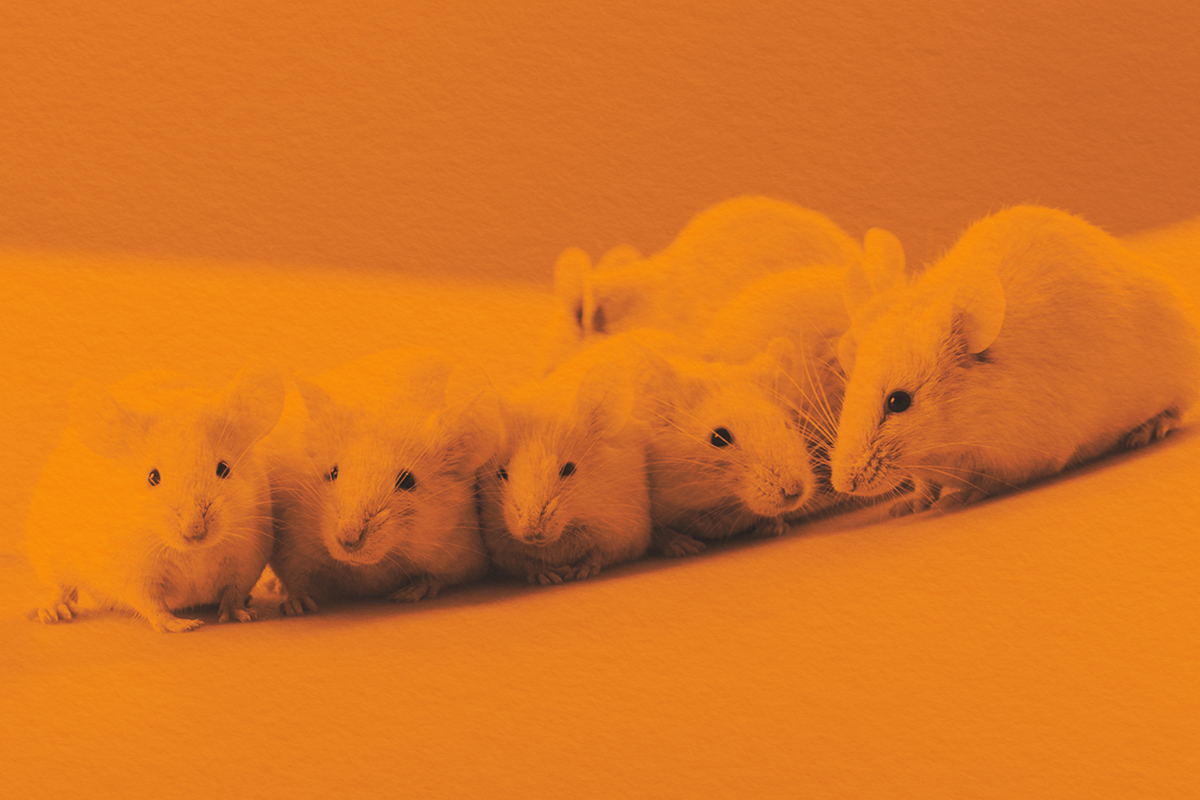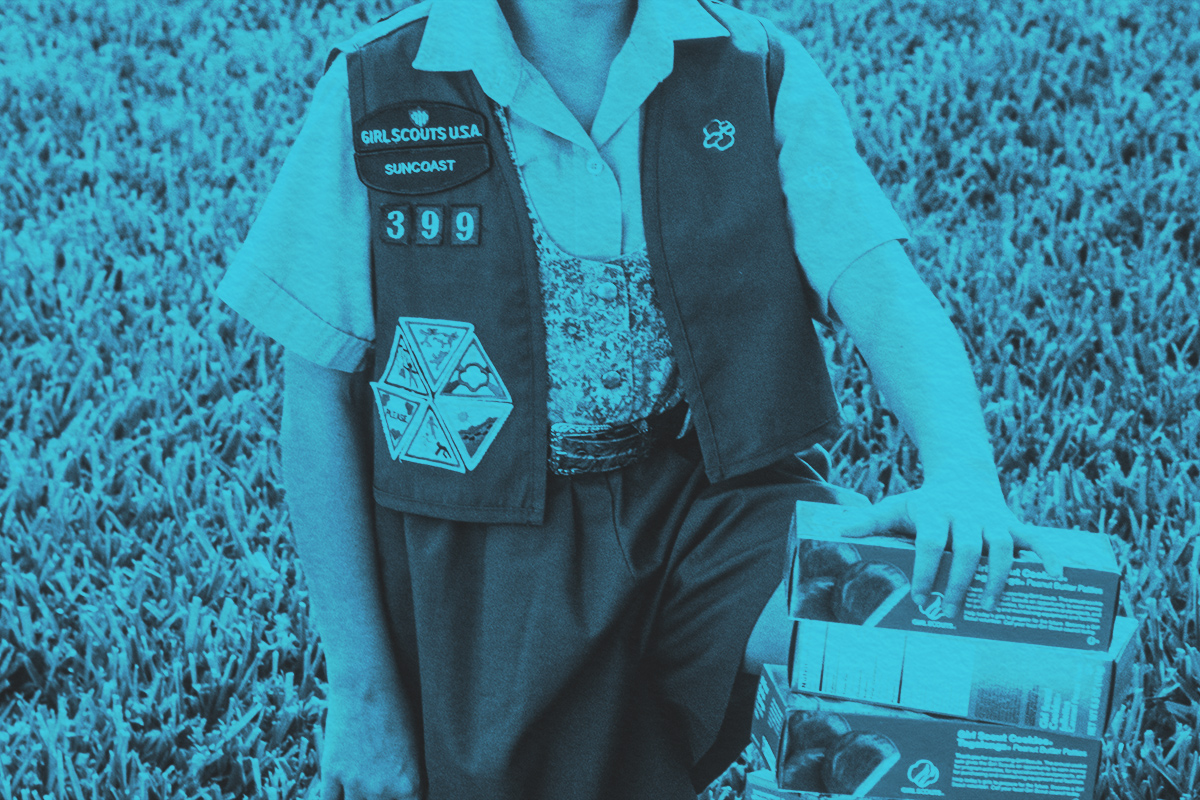
Pluralization can be unexpectedly complex. While updating my writer’s bio recently, I found myself tangled in the semantics of “alumna.” It’s a Latin-origin noun that takes different forms when referring to genders and in the plural: “Alumna” refers to a singular female graduate, “alumnus” is a male graduate, and “alum” is a gender-neutral casual choice. But “alumna” seemed like the plural form to me at first, because I was thinking of other Latin plurals, such as “phenomenon” pluralized to “phenomena.”
In this case, however, there’s another Latin pattern at work, which turns “alumna” and “alumnus” into “alumni,” just as one cactus becomes many cacti. Why invite one fungus to the party when you could have several fungi? (Sorry for the dad joke.) The more I dug into the possibilities of plurals, the more I realized that this section of English grammar rules requires navigating a minefield of irregularities.
Plural words ending in “f,” for example, can cause grammatical grief. The appropriate plural form of “roof” is “roofs” — but “rooves” is an archaic alternative that sounds at home in a Shakespearean drama. And then there’s the deceptively simple word “beef.” It would make sense for the plural form to be “beefs,” in line with “chefs” or “reefs” (or the aforementioned “roofs”), but the proper form is actually “beeves” (promise!), following the same pluralization pattern as “leaves” or “hooves,” which swap out the “f” in “leaf” and “hoof” for the suffix “-ves.”
Of “beeves,” language Professor Roly Sussex explains, “It’s archaic and dialectal and not really used very much nowadays,” though it is still correct. The word “beef” is most commonly used today to refer to the meat that comes from cows, rather than the farming usage of the word, which is “a cow, bull, or ox fattened for its meat.” It’s the latter sense that would use the plural “beeves,” so unless you’re a farmer selling cattle, it’s OK to use “beef” as a collective noun on your grocery list.
When pluralizing other nouns, the most common rule is “add an ‘s'” — but with words ending in certain letters (“y,” “f,” “ch,” “x,” “s”), there are additional general guidelines. Plural nouns for names of animals are often confused because there is no blanket rule for when they change form. “Sheep,” “deer,” and “moose” remain the same in singular and plural, while “goose” turns into “geese.” But perhaps one of the most flip-flopping animal names is “fish.” Generally speaking, “fish” is the correct singular and plural version, as in, “Look at those beautiful koi fish.” But in some literary, poetic, or scientific contexts (primarily when referring to multiple species), “fishes” gets the nod — as heard in the iconic line from The Godfather, “Luca Brasi sleeps with the fishes.”
Even familiar phrases for groups of people can be bewildering, especially in compound nouns. It’s essential to pluralize the principal noun and not other parts of the word. For example, you’d call a group of people walking on the street “passersby,” not “passerbys,” because “passer” (the base noun) must be pluralized. Similarly, “sisters-in-law” properly pluralizes the noun, not the suffix. However, you’ll still find an occasional compound noun that tacks an “s” onto the end, regardless of the noun placement, such as “forget-me-nots.” Just remember that English is full of exceptions that make the rule.






















